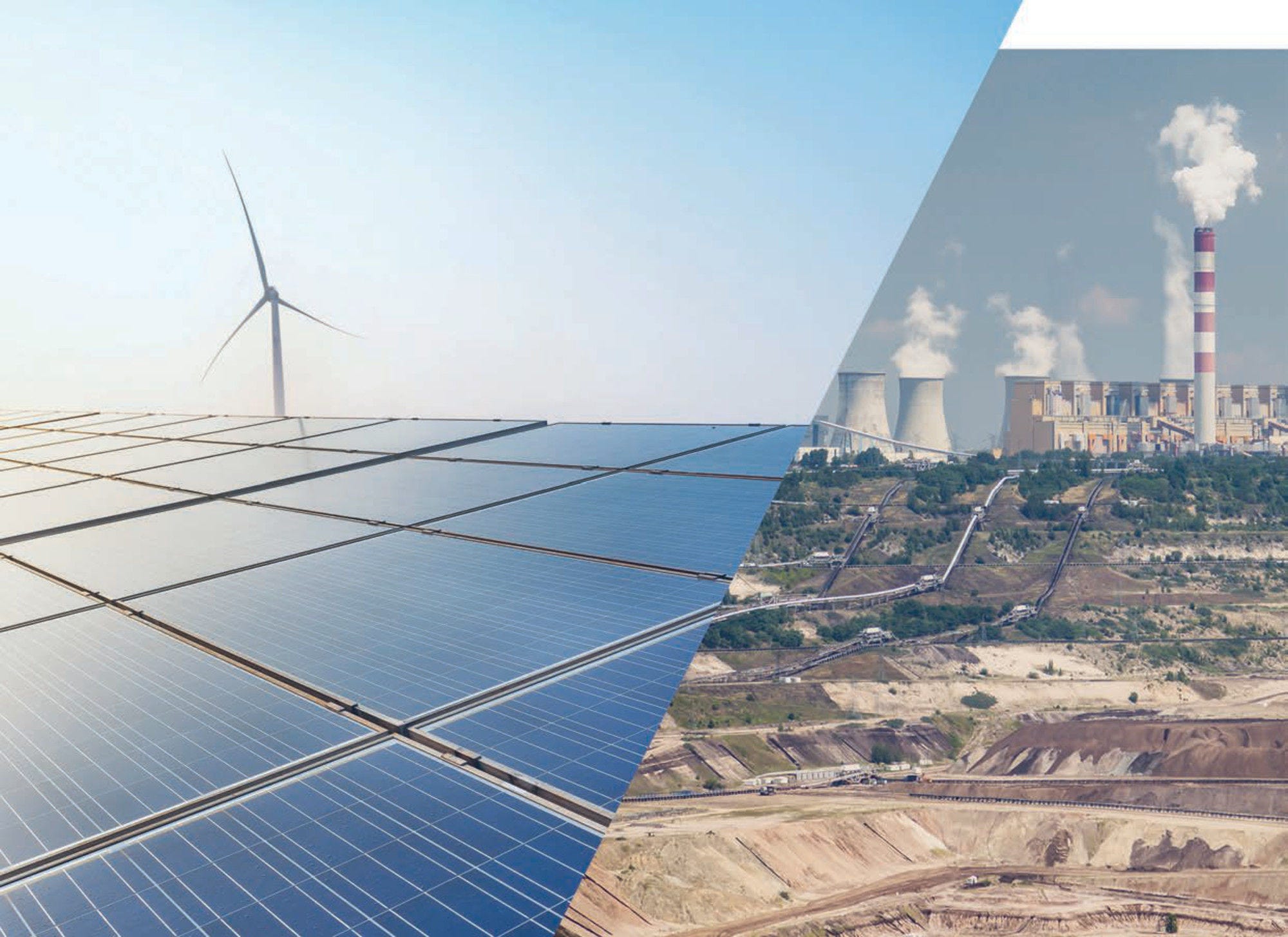Decarbonisation keeps climate change in check and contributes to cleaner air and water. Countries can price CO2-emissions to decarbonise their economies and steer them along a carbon-neutral growth path. Are countries using this tool to its full potential? This report measures carbon pricing of CO2-emissions from energy use in 42 OECD and G20 countries, covering 80% of world emissions. The analysis takes a comprehensive view of carbon prices, including specific taxes on energy use, carbon taxes and tradable emission permit prices. The ‘carbon pricing gap’ measures how much the 42 countries, together as well as individually, fall short of pricing emissions in line with levels needed for decarbonisation. On aggregate, the ‘carbon pricing gap’ indicates how advanced the 42 countries are with the implementation of market-based tools to decarbonise their economies. At the country level, the gap can be seen as an indicator of long-run competitiveness.
Effective Carbon Rates 2018

Abstract
Executive Summary
Pricing carbon emissions allows countries to smoothly steer their economies towards and along a carbon-neutral growth path. By putting a price on carbon emissions, countries can increase resource efficiency, boost investment in clean energy, develop and sell low-emission goods and services, and increase resilience to risks inherent in deep structural change. Failing to price carbon emissions now, increases the risk that the planet overheats, with average temperatures increasing by five or more degrees. Adaptation to such increases might be possible, but would likely be extremely costly. Decisive action to reduce the risk is by far the better option.
Pricing carbon emissions is important for moving to carbon-neutral growth. This second edition of Effective Carbon Rates shows how 42 OECD and G20 countries, representing 80% of world emissions, price carbon emissions from energy use today, and how much progress has been made since 2012.
Carbon prices are measured using the effective carbon rate (ECR). The ECR is the sum of three components: specific taxes on fossil fuels, carbon taxes and prices of tradable emission permits. All three components increase the price of high-carbon relative to low- and zero-carbon fuels, encouraging energy users to go for low- or zero-carbon options.
In each of the 42 countries, the ECRs are measured for six economic sectors: industry, electricity generation, residential and commercial energy use, road transport, off-road transport, and agriculture and fisheries. The report discusses the change of ECRs by comparing pricing patterns in 2012, 2015 and estimates for 2018.
The carbon pricing gap measures the difference between actual ECRs and benchmark rates. The report considers two benchmark rates: EUR 30, a low-end estimate of carbon costs today; and EUR 60, a midpoint estimate of the carbon costs in 2020 and a low-end estimate for 2030. The carbon pricing gap indicates the extent to which polluters do not pay for the damage from carbon emissions.
The aggregate carbon pricing gap summarises the current use of market-based, cost-effective tools to decarbonise across the 42 countries studied. At the country level, a low gap can also be seen as an indicator of long-term competitiveness, i.e. being well prepared for the low-carbon economy.
In order to close the gap, it is essential to price currently unpriced emissions, either through emissions trading or tax reform. Emissions trading can be an effective option, noting that true support for low and zero-carbon investments needs higher and more stable permit prices than currently observed. Taxes have the advantage of simple administration, especially when grafted onto existing excise tax regimes. In many sectors, tax rates currently fall short of benchmarks and will need to increase significantly to reflect carbon costs. Revenue-neutral reforms allow to cut other taxes.
Main findings
While the aggregate carbon pricing gap is declining at a snail’s pace, there are reasons to be cheerful
The aggregate carbon pricing gap is declining at a snail’s pace. Using EUR 30 per tonne of CO2 as a benchmark, the gap for the 42 countries as a whole dropped from 83% in 2012 to 79.5% in 2015, and is estimated to reach 76.5% in 2018. Smooth and cost-effective decarbonisation requires the carbon pricing gap to close much faster.
New carbon pricing initiatives have the potential to significantly reduce the carbon pricing gap. Nation-wide emissions trading in China could lead to a significant drop of the global carbon pricing gap, to 63% in the early 2020s. Canada may nearly close its national carbon pricing gap through new carbon pricing efforts by that time.
Several countries, including France, India, Korea, Mexico, and the United Kingdom, shrank their carbon pricing gaps between 2012 and 2015. Korea implemented a national emissions trading system in 2015. France and Mexico reformed their taxes on energy use. The United Kingdom implemented a price floor for electricity sector emissions covered by the European Union Emissions Trading System. India reduced its carbon pricing gap by increasing excise duties on transport fuels.
The carbon pricing gap varies widely, both across countries and across sectors within countries
At the country level, the carbon pricing gap ranged from 27% to 100% in 2015. A dozen of countries have carbon pricing gaps of about 40% or lower. Countries with a low gap tend to emit fewer emissions than countries that hardly price any carbon emissions. Low-gap countries also produce fewer emissions per unit of GDP.
The carbon pricing gap varies substantially across sectors. It exceeds 80% in electricity generation, in industry and in the residential and commercial sector. The gap is lowest in road transport, at 21%.
Taxes on energy dominate the composition of effective carbon rates in all sectors except electricity generation
In road transport, agriculture and fisheries and household and commercial energy use, well over 90% of the effective carbon rates result from taxes. The composition is different in electricity generation, where permit prices contribute more than 80% of the effective carbon rate.
Implications
Closing the carbon pricing gap helps countries prosper in a low carbon economy and increases resilience
Countries that close the carbon pricing gap now encourage investment in clean technologies, create new markets and benefit from ever cheaper renewable power. Countries that continue to leave the gap wide open risk high dependency on increasingly uncompetitive technologies and very high transition costs.
In the same series
Related publications
-
 25 July 2024
25 July 2024









